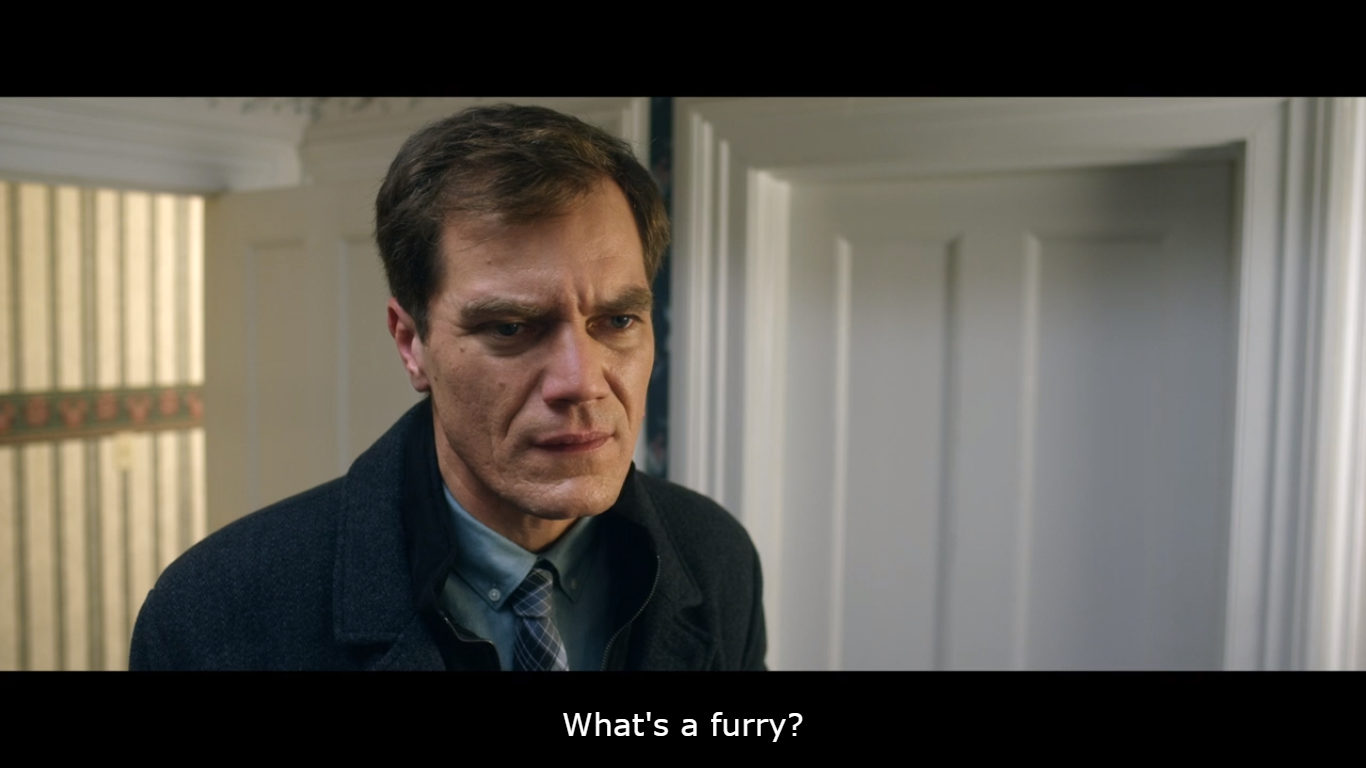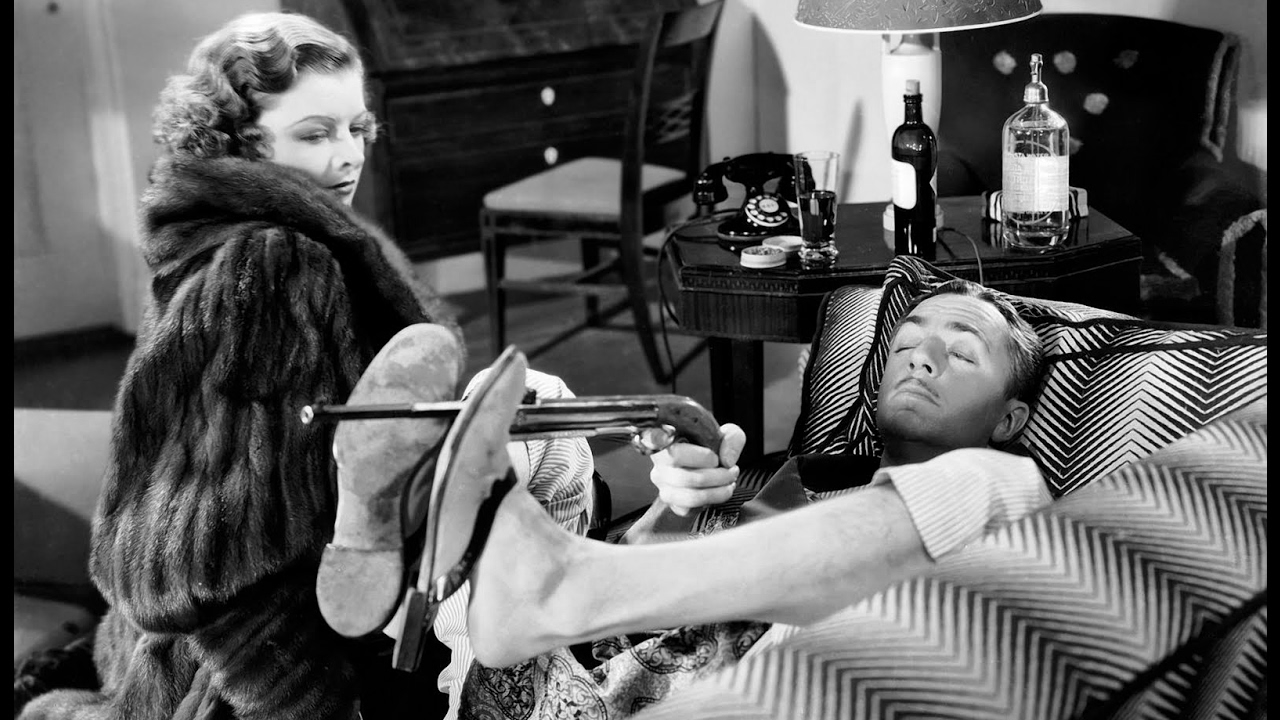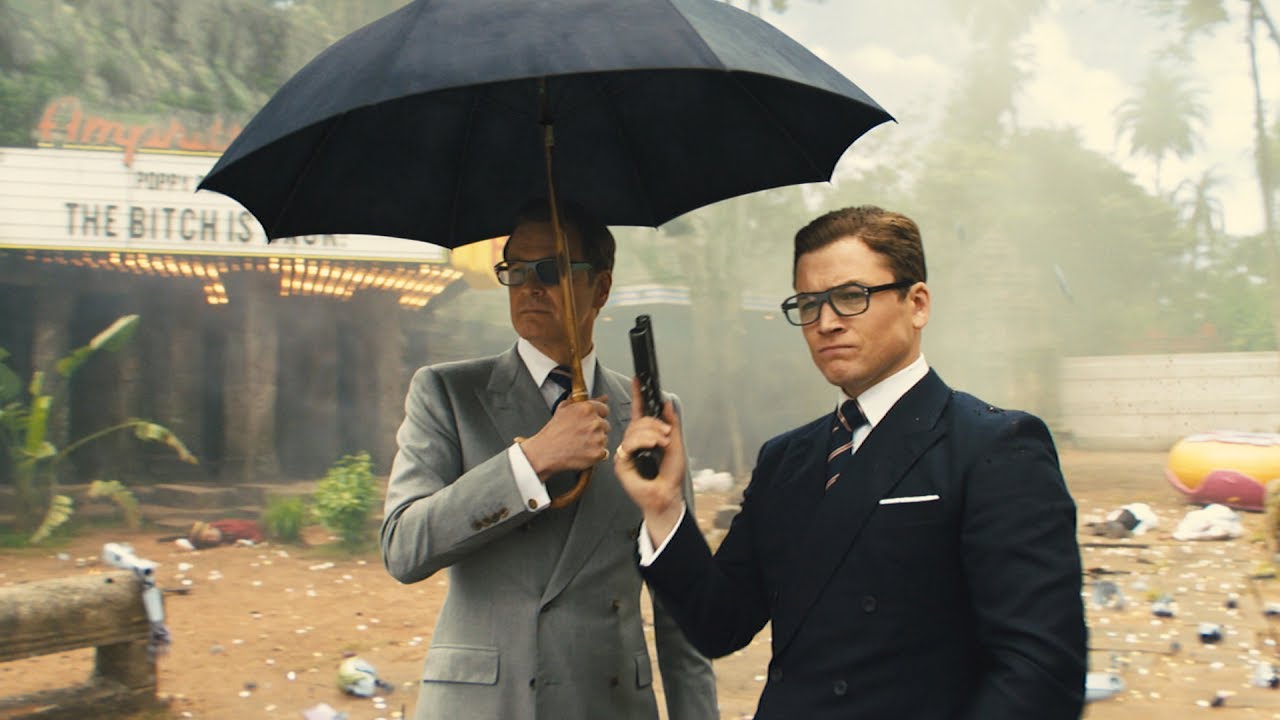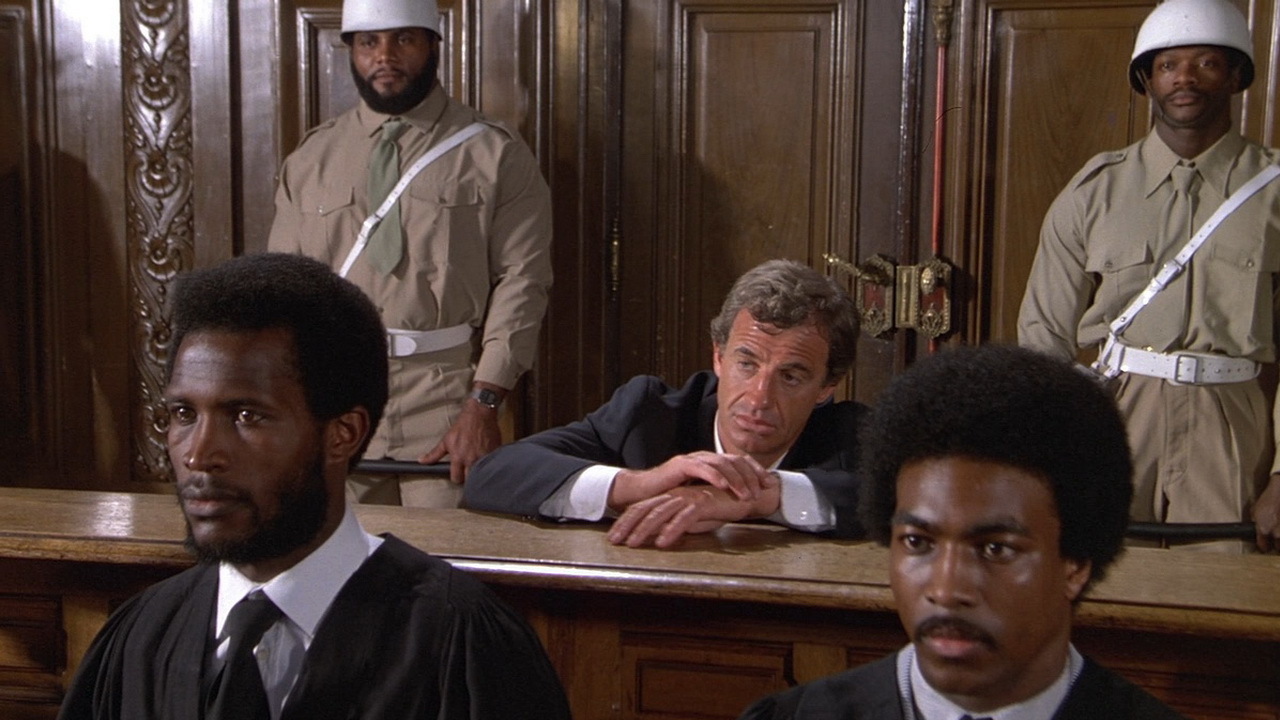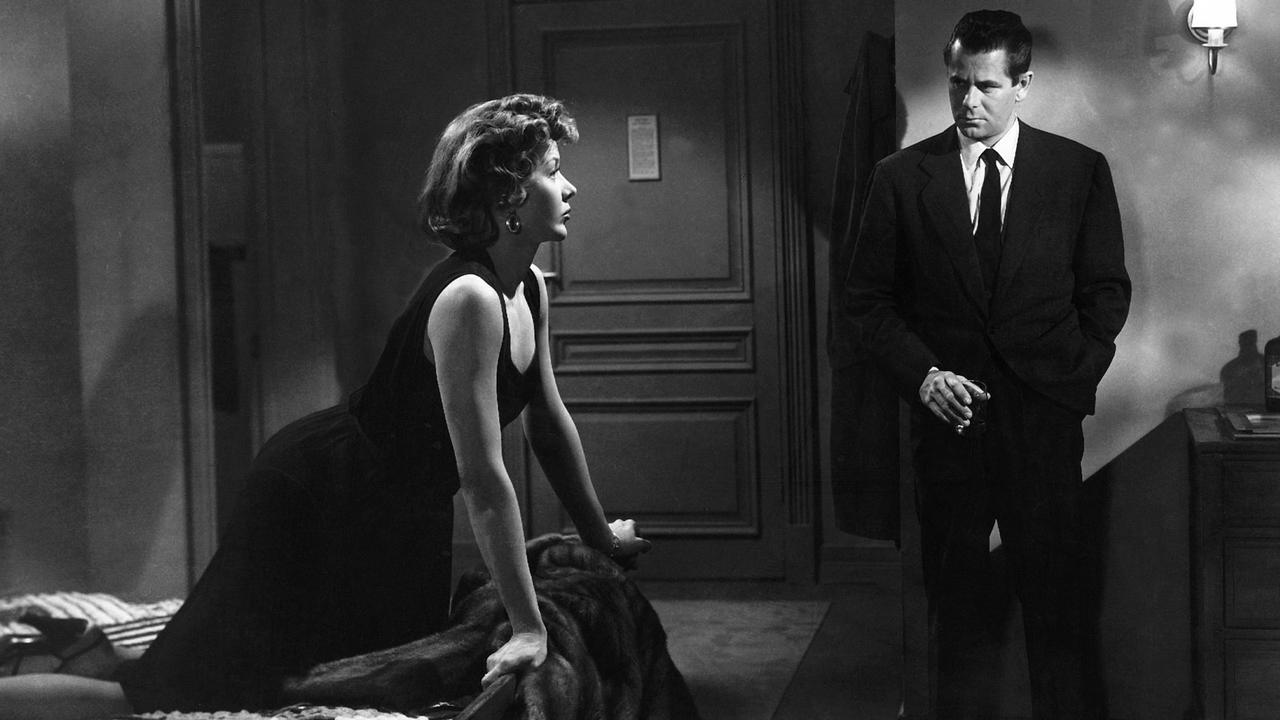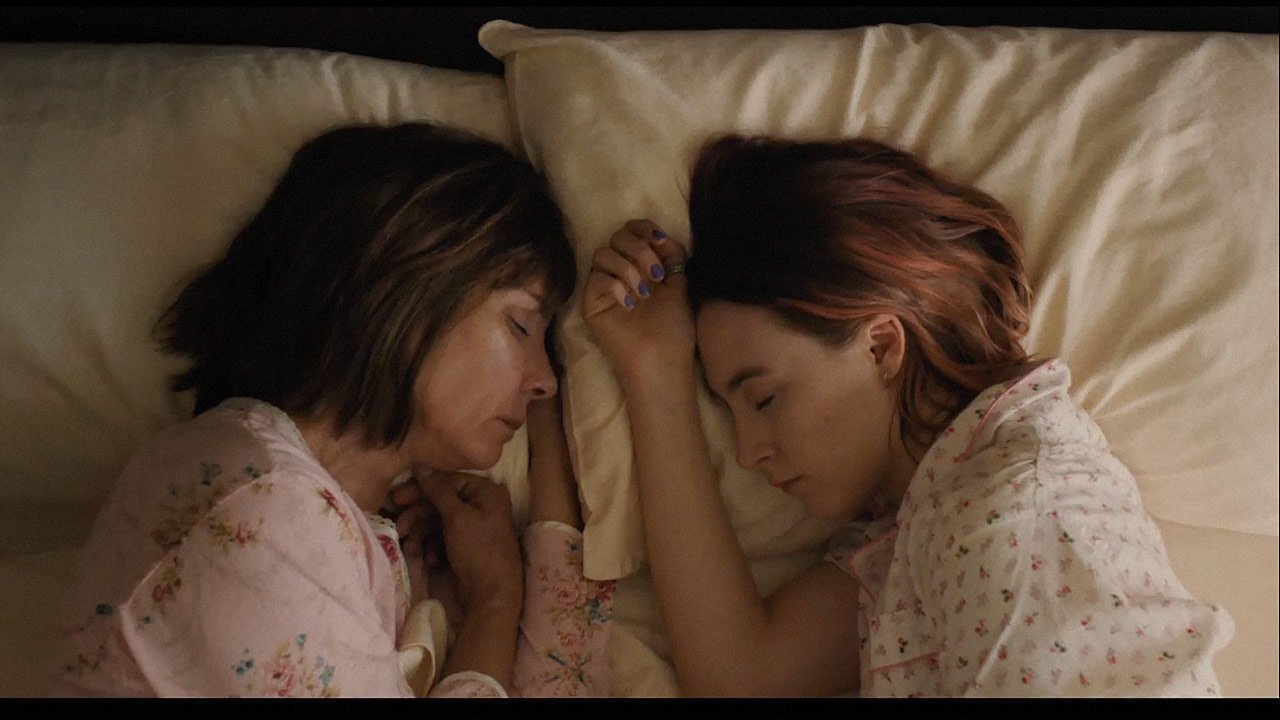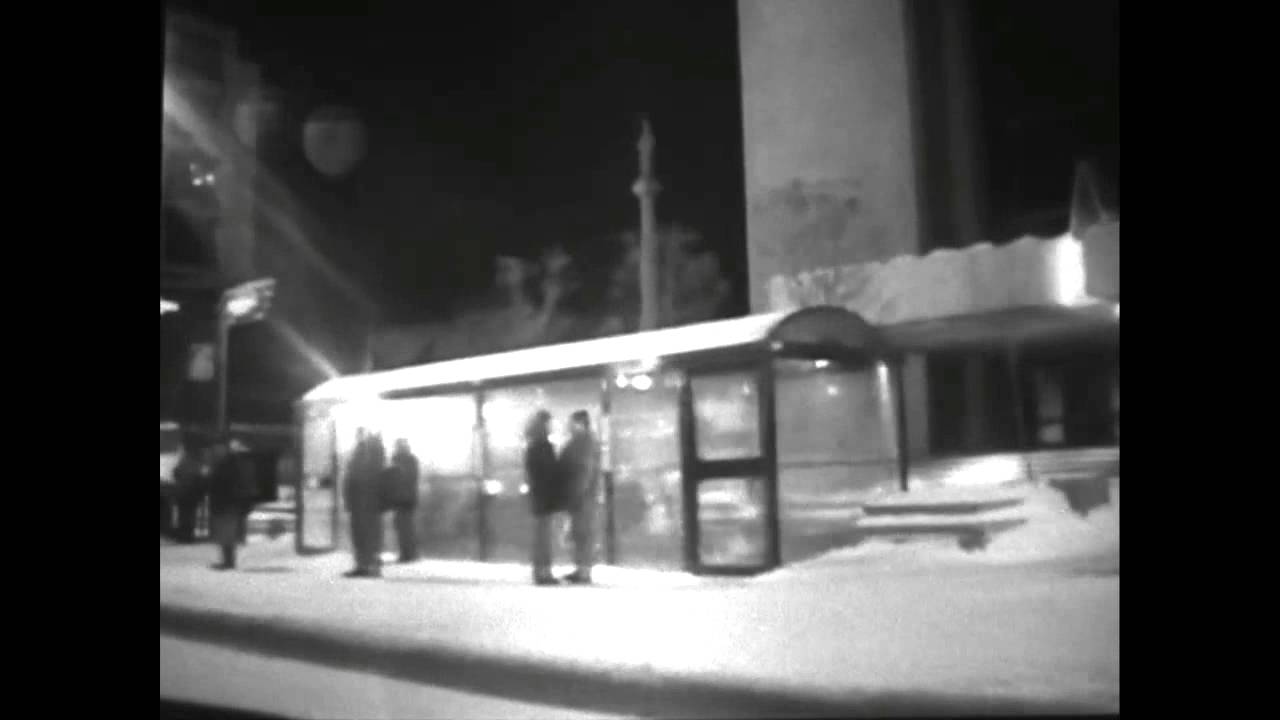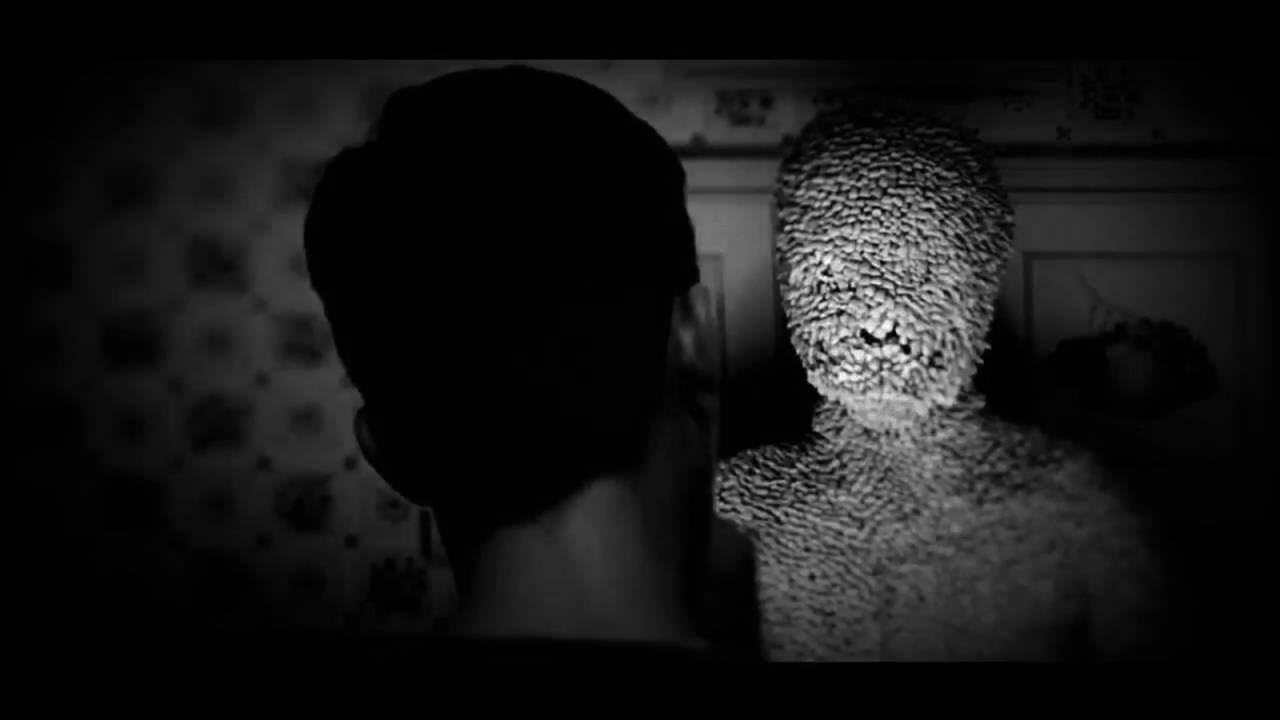As November staggers to its close, amid an endless avalanche of horrific revelations about terrible men and also whatever calamitous idiocy the U.S. President committed while I was literally writing this sentence, some things are still good. Twin Peaks! Everyone likes Twin Peaks.
Other
Quick quiz: in 1934’s MGM classic The Thin Man, what is the key piece of evidence that leads Nick (William Powell) and Nora Charles (Myrna Loy) to convene the dinner party at which the killer of Claude Wynant (Edward Ellis), Julia Wolf (Natalie Moorhead), and the stool pigeon Nunheim (Harold Huber) is revealed?
I remember being shocked at how much push-back I received when talking about the completely explicit classism of the first Kingsman movie in 2014. Hopefully, now that the sequel is a gimcrack turd, we can be more honest: both the original and its 2017 sequel, The Golden Circle, are Horatio Alger stories with guns.
It’s dumb—I know it’s dumb—but watching The Professional reminded me I have never completely gotten over the strangeness of seeing schlock blockbusters from traditionally art-house countries.
Is that Jean-Paul Belmondo of Breathless and Pierrot le Fou fame offering goofy quips about “kicking ass” and beating up blonde henchmen?
The tagline for The Big Heat —“A hard cop and a safe dame!”—is, to quote Otto, “flagrant false advertising.”
Combined with the poster, it promises a classic noir clash between a sultry dame and a hard-boiled detective. In reality, the two of them (Glenn Ford and Gloria Grahame) barely share three scenes with one another.
Christine McPherson (Saoirse Ronan) — the preternaturally calm, quirkily rebellious titular protagonist who has renamed herself Lady Bird — seems awfully familiar. As the heart of Greta Gerwig’s adorkable coming-of-age-in-Sacramento writing/directing debut, her mannerisms, her slightly antiquated vernacular and social gestures, her entire mode of qualified suburban angst and dubiously offhand witticisms call to mind something or someone we seem to know.
Hearing Guy Maddin narrate My Winnipeg last week was important to me.
I remember trying to watch The Saddest Music in the World early in high school, when I was digging up anything people on movie forums described as “weird,” but lacked any of the cultural touchstones to understand what I was seeing.
It’s almost Thanksgiving and Sean Baker’s The Florida Project is holding fast to its top-tier position on many folks’ Best of 2017 list (mine included), rightfully generating some awards talk. His Tangerine was one of the very best films of 2015.
If Howard Hawks was right in saying a good movie is “three great scenes and no bad ones,” how many great scenes does a TV show need? I’ve been wrestling with that question ever since the first season of Channel Zero went off the air.
There’s no corner of cinema so explicit about its role as an act of remembrance than documentary film. Any film, in any genre, carries within it an aspect of memory — as a material object that dates from a certain moment and reflects its conditions, and as something more ethereal, something personal, cultural, and collective, subject to revisiting and remapping.

